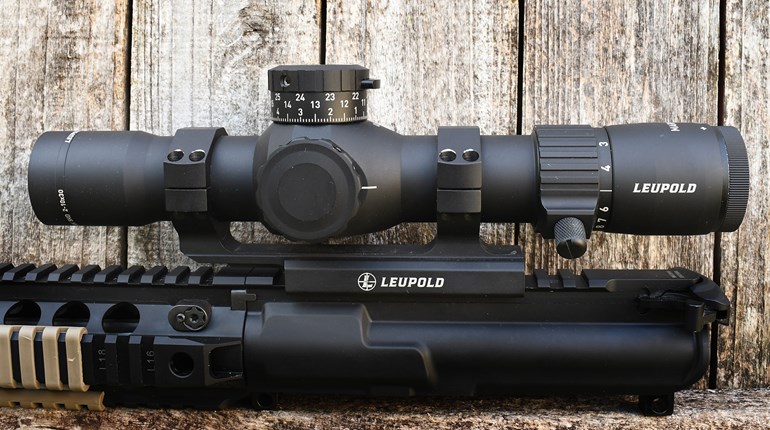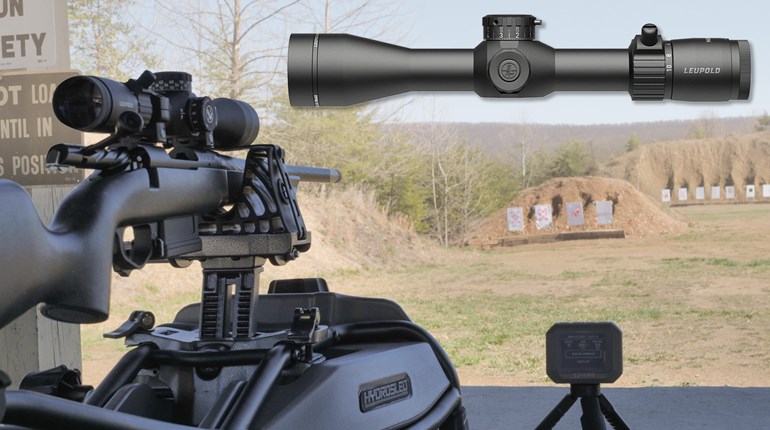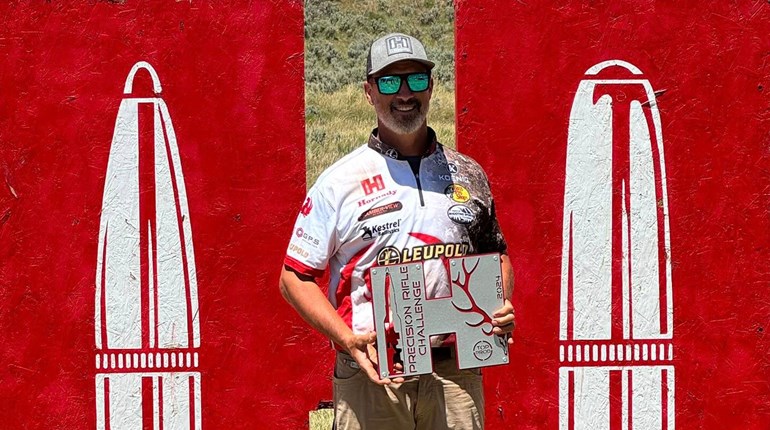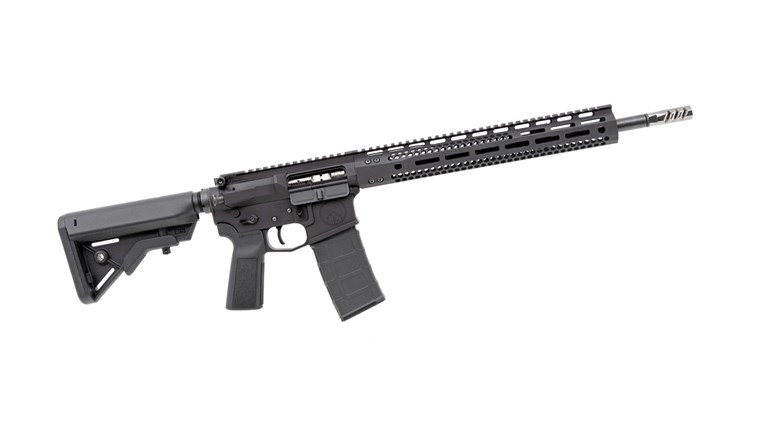
Before we get too immersed in news from the upcoming SHOT Show, we’re going to sneak in another part of our short/light MSR build. Just before a wee holiday break, we’d worked our way up to the barrel (from Faxon) from a dandy folder and stock combo, and selected some key internals and small components (here and here). Our trigger (from Timney by way of Brownells), charging handle and selector (both from AXTS) are also set.
Next up is an optic and mount system. The first we expect some flack over: It may seem “retro” at the least, or just plain inadequate by some standards, but we think we can make the case. The latter is a no-brainer with the subtext of our project—light and short. “Short” doesn’t play perhaps, but “light” absolutely does, and a long track record and great performance made our choice easy.
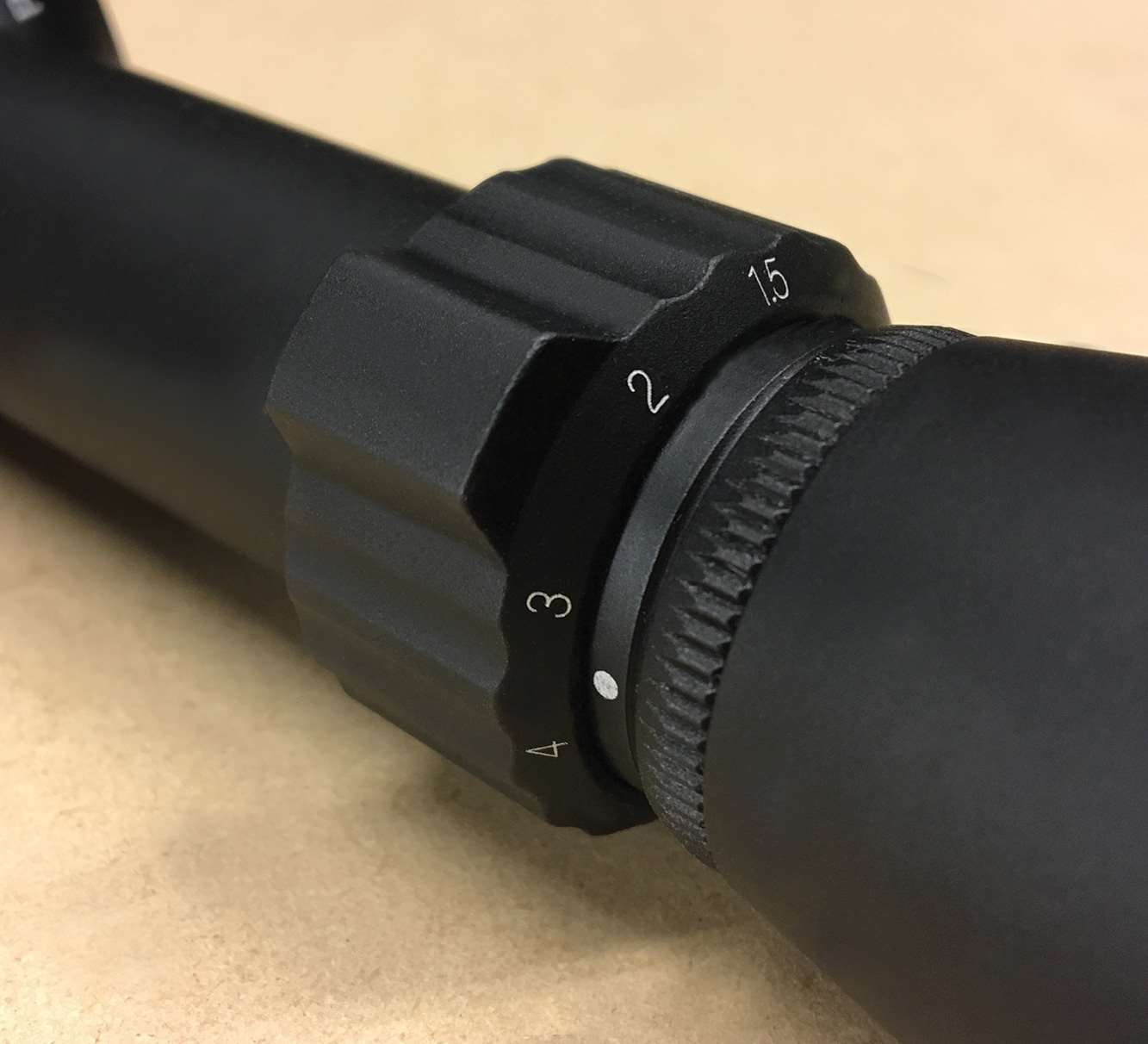
Leupold AR MOD-1 1.5-4x20 mm—Just three characters ought to make clear why we settled on this optic for our small/light MSR: “9.6,” as in ounces. We acknowledge that it’s a one-inch tube swimming in a 30, 34 and even 36 mm ocean, but if you take a look at the specifications of those larger optics, the unwelcome news is readily apparent: Roughly four ounces is the cost of a 30 mm tube with no magnification increase.
“But won’t that 30 mm main tube be a lot brighter?” Not necessarily. We couldn’t find a single reference that would confirm anything more than a 5 percent advantage (all other things being equal), and the clarity of the math and explanations is, well, circuitous—we wonder if even that small margin is defensible, except at the extremes. What a bigger tube does get is larger, slightly more rugged components, and larger adjustment span.
We figure the “Leupold” covers the first part (that whole “reputation” and “full lifetime guarantee” business) as an objection, and 5.56—properly mounted—parameterizes the second: We know anything beyond 300 yards is far more likely dependent on us and our ammunition than the optic. Guess we’ll need more practice—aw, darn.
There’s another subtle benefit in the 1.5-4x, though it’s a tad obscure in this era of relatively pervasive 1x. We absolutely concur with the low magnification/both eyes open school of CQB, but 1.5x—combined with the forgiving eye box of the Leupold—is something we know works, too. Granted, 1x is easier, but it’s far more a matter of practice than anything else, and we’ve still saved those four or so ounces.
We hate to call anything as rugged as our Leupold “dainty,” but nothing else fits: With controls we know and quality in which we have great confidence, we’ll trade any “one-inch” stigma for our lighter carry weight.
Visit Leupold & Stevens at www.leupold.com.
Warne QD “High” or “Extra High” 1” rings—Regular “First Gear” readers may recollect we’ve ID’d these as favorites before, and our reason for choosing them for our light/short build is a simple analogue: Tough and reliably excellent, we now cash in on virtually no extra material to trim several more ounces.
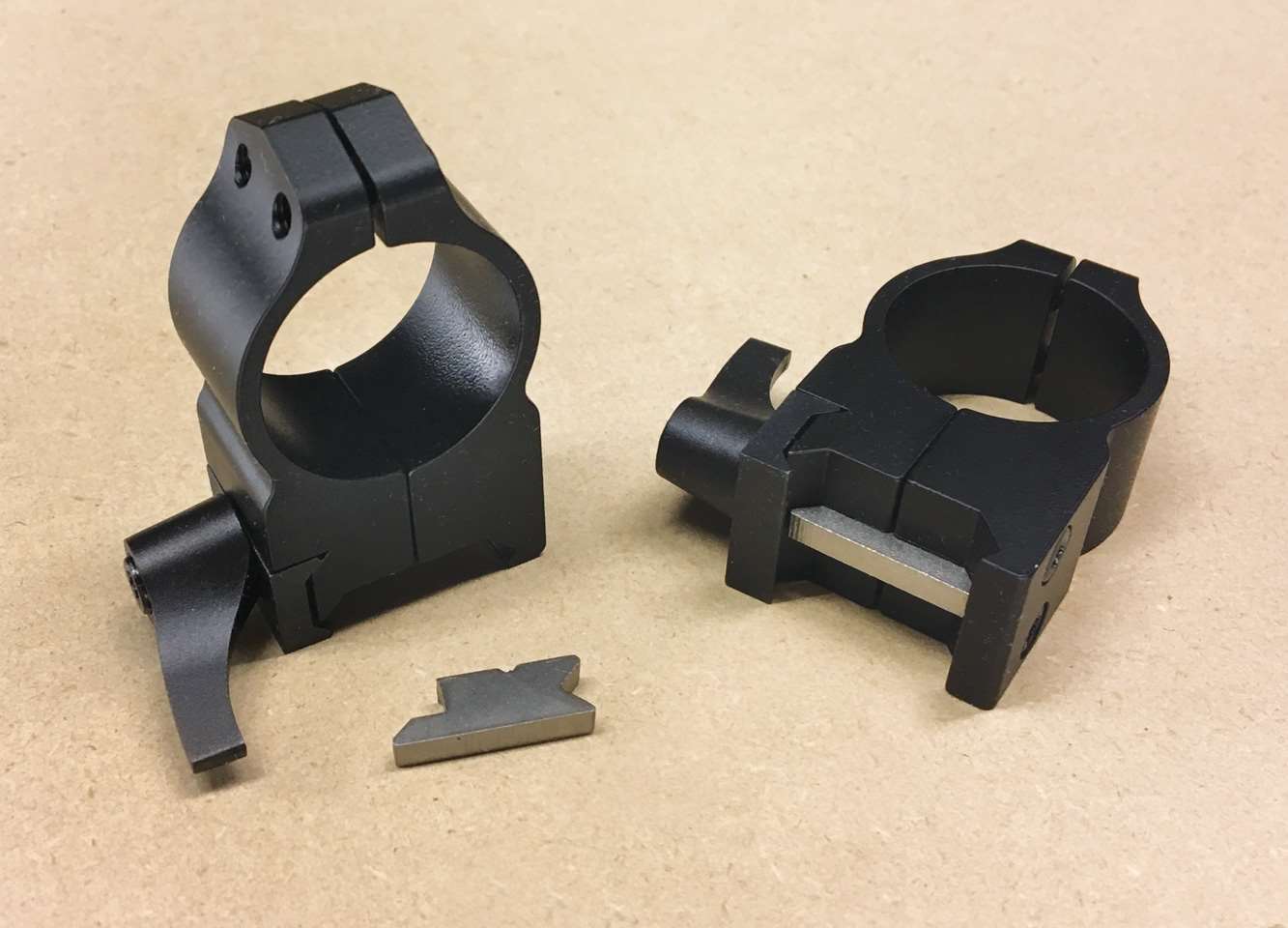
Our optics/mount as spec’d will barely top a pound, but a couple of additional thoughts especially apply to our short/light rifle and 1.5-4x Leupold. Many of the Warnes are available in multiple heights; a “gotta-have” feature for many rifles, and especially for a flat-top MSR. But choosing yours may reward a little caution, and it may not be quite the no-brainer you expect.
Mainly, this is due to a relatively complex interaction between head position, magnification and the eye relief of your scope. While the last two are dictated mostly by mathematics, the first is not: Length of the neck, and “depth” of the eyes in the cranium relative to cheek weld can vary enough to make “perfect!” for Shooter A sub-optimal, or even un-usable, for Shooter B. Our experience points to “Ultra High” as the best for most shooters on MSRs with a one-inch tube (and what Warne recommends), but about 15 percent seem to do better with the “Extra Highs” more usually associated with 30 mm.
We have a theory (of course): Especially for both-eyes-open shooting on a non-intermediate eye relief scope, rapidly repeatable head position is a clear advantage, and going a little shorter on ring height helps with this for some shooters. Default to the taller set, but try them both if at all possible.
Visit Warne at www.warnescopemounts.com.
Part 1 Part 2 Part 3 Part 4 Part 5 Part 7 Part 8 Part 9











